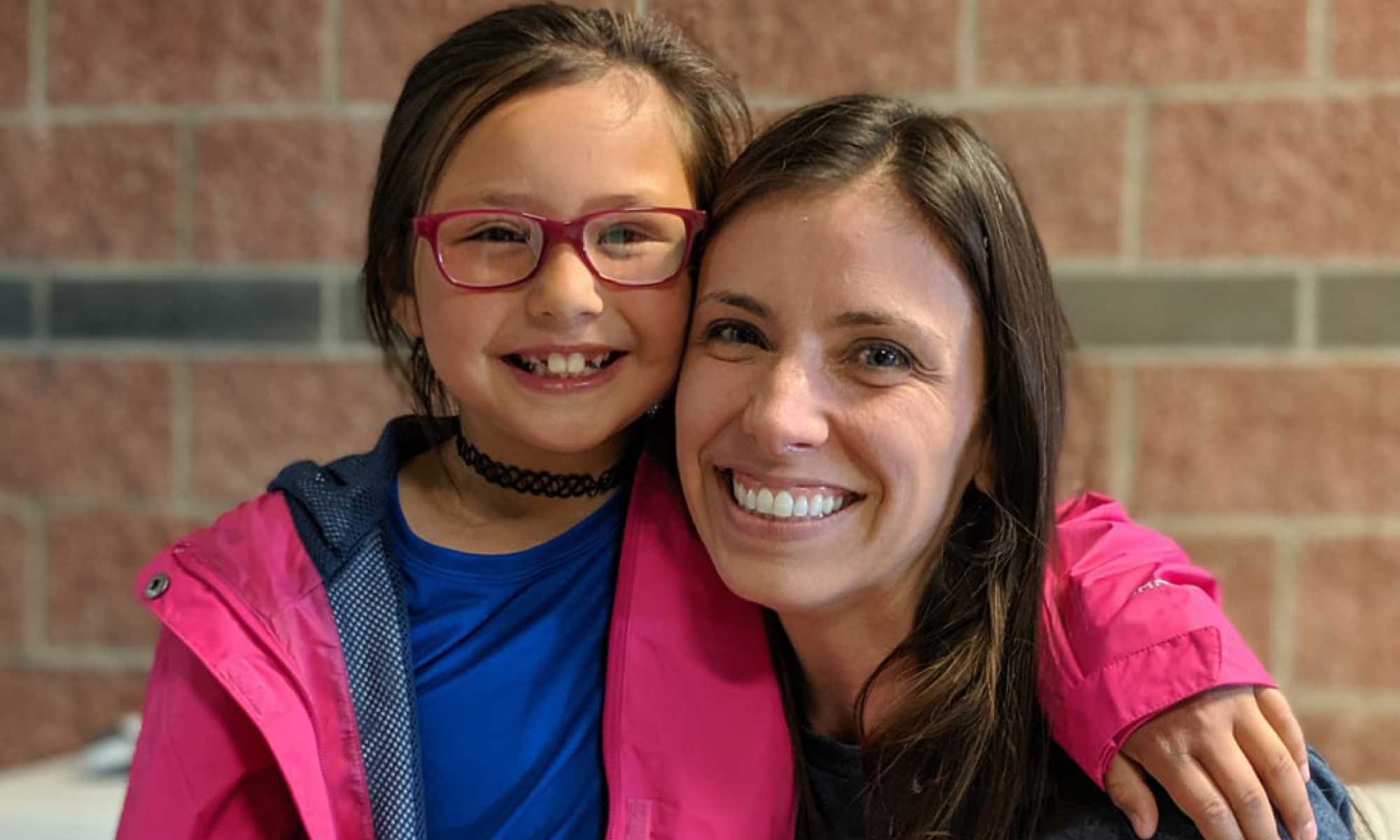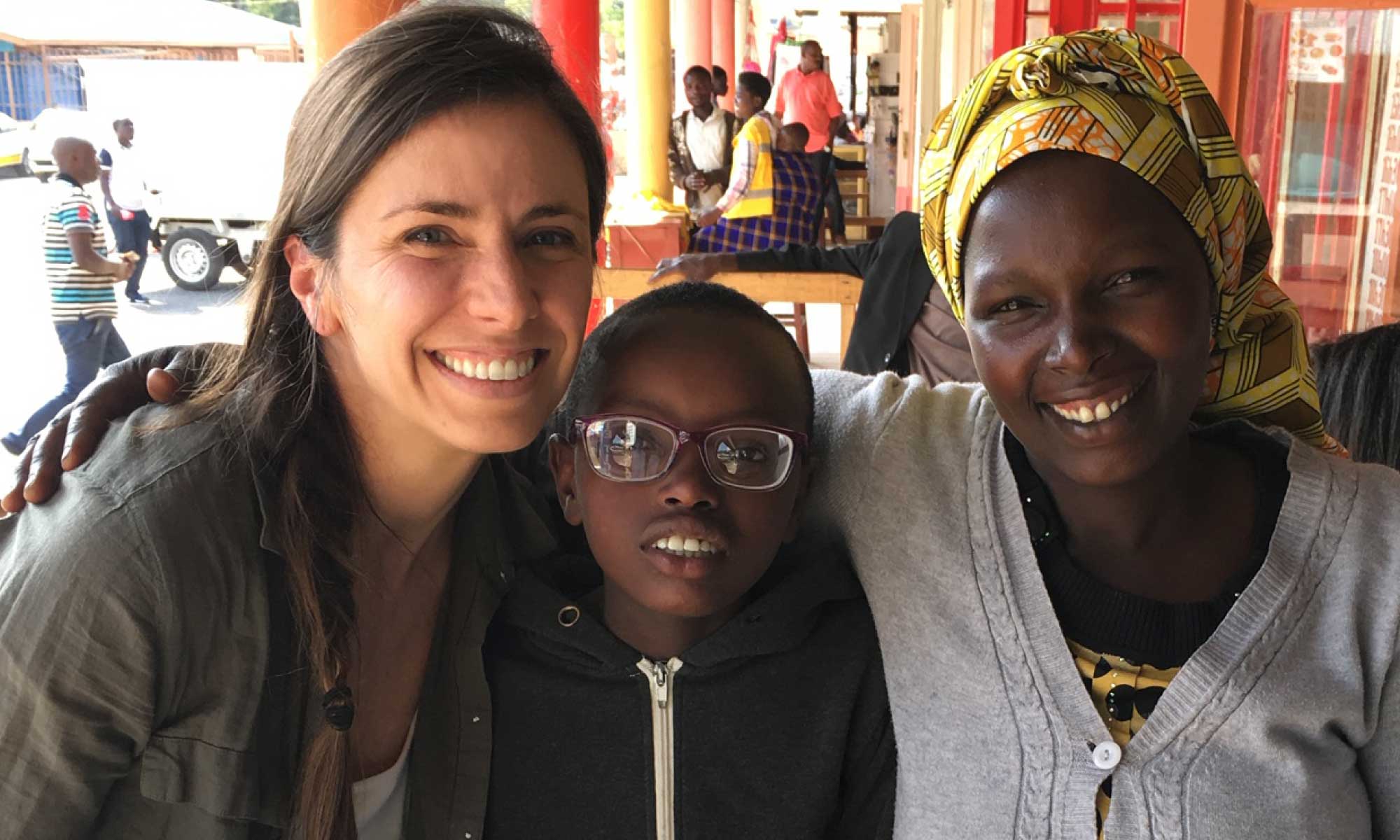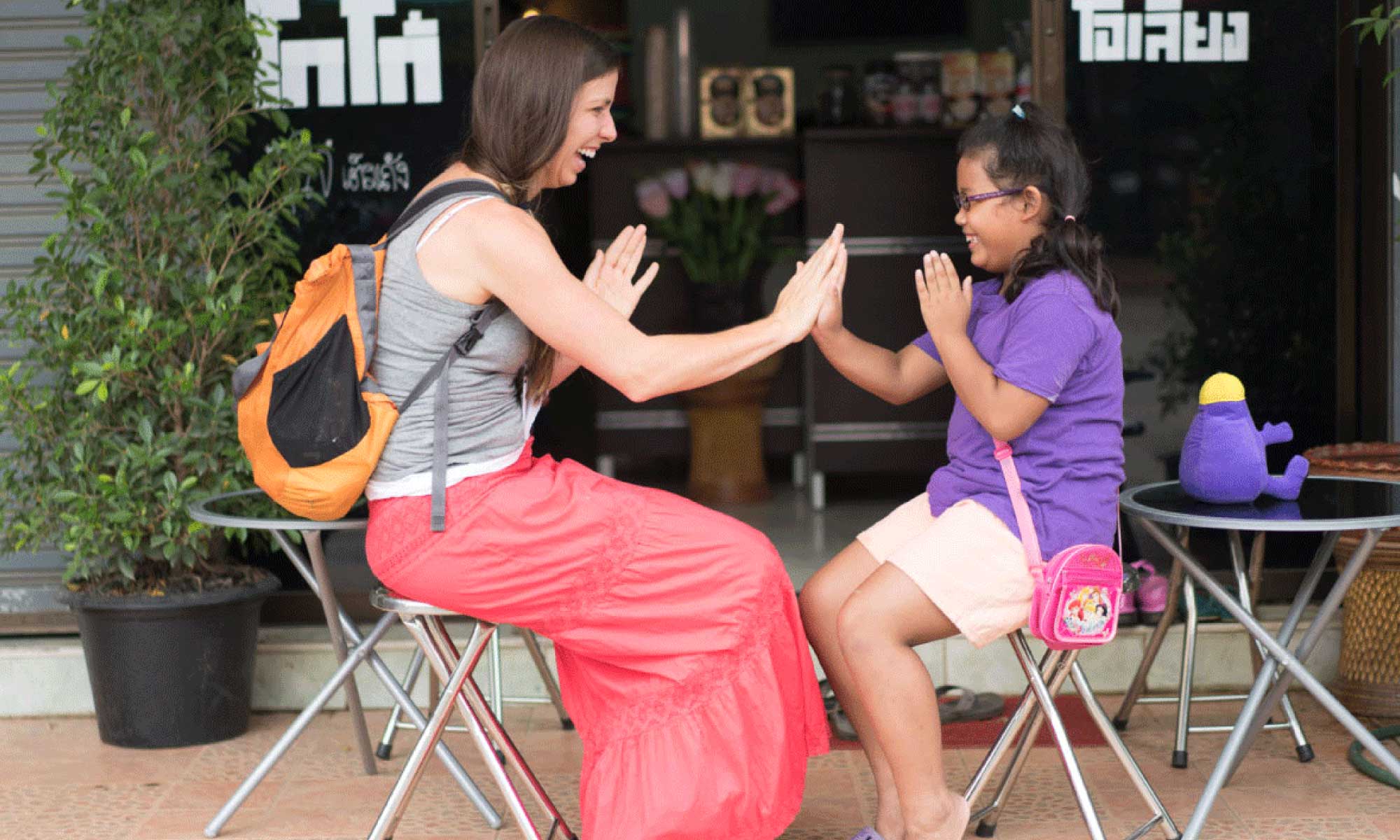
Every nonprofit has a powerful cause to serve. What makes a cause powerful? Stories. Stories of struggle, of overcoming adversity, of new possibilities that emerge when we reach out to help each other. No one understands the power of storytelling quite like our one-of-a-kind Head of Global Storytelling, Ellen Karns. We sat down with Ellen to learn more about the importance of stories and how she activates our volunteers as storytellers.
Why do you believe storytelling is important?
Stories are primal. They are important – maybe even critical – because they add meaning to our lives and connect us as humans. They provide a heartbeat in a world that can look flatline.
What role does storytelling play at OneSight?
Storytelling at OneSight is core to who we are. Stories give a face and a voice to the issue of vision care globally. They keep us grounded in the authentic impact of this work that we all dedicate so much of our heart and time into helping to change. At OneSight, great stories help all of us to see the real person – with real challenges, real emotions and real dreams – who needs a simple pair of glasses to be able to learn more and live better.
What makes a good story?
We say that good stories inspire hope and connection. They are authentic and meaningful – and they sound like a real person. The grammar isn’t always perfect, but the heart and vulnerability is what we as humans long for. Because the work of OneSight and a simple pair of glasses often changes a life, our stories demonstrate the impact of vision care.
Can you tell us a bit about your role as head of Global Storytelling?
My role as Global Storyteller is to encourage storytelling throughout the OneSight brand (internally and externally) by setting strategy and guiding the work. Most recently, my focus has been to equip more people to tell richer stories of lives changed. I train and equip each of the brave Storytelling Captains that attend our clinics.

How has the Storytelling Captain role evolved over the years?
OneSight designates one person per global clinic to be the Storytelling Captain. In the past, we’ve asked for a blog post telling about the impact of the clinic and perhaps a patient story. We are moving towards a highly visual and humanistic approach to telling patient stories. Each person is trained and receives a guide on how best to capture great stories. Still, it’s a very hard role that requires tremendous empathy, compassion and optimism. The Storytelling Captains are heroes of our clinics for the way they listen and hold space for each patient.
How do you train/support Storytelling Captains before clinics?
Training calls are usually an hour and include a brief overview of OneSight, a closer look at deliverables, a review of the storytelling kit/tools they’ll receive, some how-tos, a few best-in-class examples, and guidelines. We discuss what makes a good story, which always makes for fun conversation. Many of the people who are Storytelling Captains have never done this before, but they raised their hand because they love people. I make sure to share my WhatsApp phone number with them to answer any and all the little questions along the way.
How do you train and support Storytelling Captains while on clinics?
While at the clinic, I usually touch base as needed. I review the daily patient story post on the @empoweredbysight Instagram channel and make suggestions that are most helpful in real time. The real-time support examples range anywhere from “make sure to not feature the name tag of minors in their photos” to “permission to follow meaningful stories to see the impact of clear sight in their life, work or home.”
What is the most challenging aspect of collecting stories? What is the most rewarding?

I find the most challenging aspect of collecting stories to be staying open and present to all the people who come through the clinic. Connecting with people is a generous act – by both parties. Usually by the end of the day, I’m just plain old worn out, but so grateful and happy to be so genuinely connected with people who I can call friends around the world. I also acknowledge the notable privilege that it is to hear someone’s story and I don’t take that lightly. Sharing stories in a way where the person is lifted up. Where they are seen honestly and in all their amazingness is what I strive for. That is the most rewarding. When you can tell that someone has felt truly seen for who they are – and celebrated for it.
Tell us about one story that has stuck with you.
People often tell me that their most powerful story was on their first global clinic. There is something radical about meeting someone from around the world who has the same dreams and hurts as you do. And seeing them get a pair of glasses – their life be changed – right before your eyes. For me, I often connect most with the mother of the child in need. My daughter is 9 years old and if she needed glasses and I couldn’t get them for her, I would be devastated. So, when I met 6-year-old Nampun and her mother in Thailand in 2017, my heart broke. Her mother cried as she talked about how her only daughter walks into walls. Her mother (my age) told me about how she and her husband are corn farmers and scraped together enough money to go to the doctor when she was 3, but the doctors told them they couldn’t help. OneSight was able to give Nampun a life-changing pair of glasses and while Nampun was very happy – her mom and dad were positively glowing with hope.
What’s your favorite kind of story?
I love a story that sounds like it just came out of the mouth of the patient. One that is raw and real. One that shares the joys and pains of life. One where I can see myself in them. And one where I can tell that the person has been seen in an honorable, profound and powerful way.
Is there anything else that you feel is important to add about activating volunteers as storytellers?
I’m learning the value of a name. That sharing a name makes the story real. And that remembering their name (and referring to it often) makes their story last – in your life – and the lives of those around you.